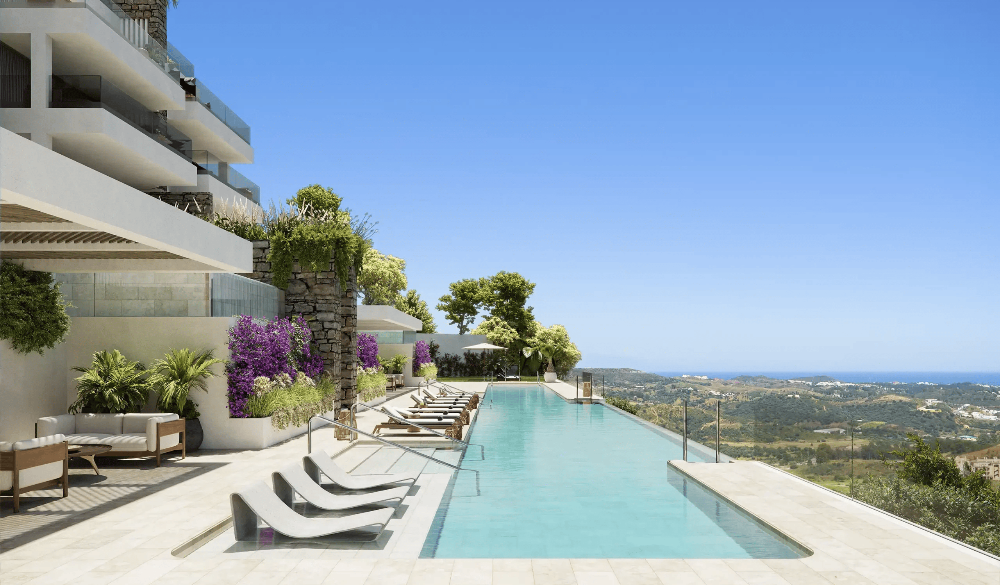Think of summer in Spain and you immediately think of the three “S” words. That’s right – Sun, Sea and …Sangria. (There is another “S”, but this is a family friendly article!). Sangria is synonymous with the long and lazy lunches and relaxed afternoons on the beach that the Spanish do so well.
But as your pour yourself a refreshing refill, have you ever wondered where Sangria comes from? Because its origins are more surprising that you might think.
You can trace the roots of the delicious drink back to the Romans. Yes, it is it yet another case of “What did the Romans ever do for us?”. In around 200 BC the Roman empire conquered the Iberian Peninsula and as a response the Spanish started growing grapes and making wine to trade.
Making wine in Roman times was a much more rough and ready business than it is today, so to make the drink more palatable, fruit, spices, and sugar made it easier to get down. Not only that, but, due to the lack of safe drinking water, wine was a safer option as a tipple, as the alcohol in wine killed any harmful bacteria.
By the Middle Ages, spiced wines, served after a meal as a digestif, were hugely popular (as the quality of water still had not improved.) These drinks were known as “hippocras”, which translates in Spanish to “bleed” or “blood” - sangre, due to its deep red colour, and you do not have to be much of a cunning linguist to see how that word evolved into sangria.
The discovery of the New World fuelled the expansion of Sangria. As the British added the West Indies and their North American colonies to the empire in the seventeenth century, they adapted the drink to their tastes, calling it ‘sangaree’. It proved particularly popular in Barbados, the Bahamas and Martinique, where the French explorer Jean-Baptiste Labat commented that, once strained and chilled, it was “delicious and refreshing”.
The event that saw sangria skyrocket from a niche tipple to the household name that it is today, however, took place nearly 60 years ago. The 1964 World’s Fair in New York City, saw each nation showcasing the best of their respective countries. Most were displaying jet packs, robots to help around the home and other such 60s cutting edge technology. The Spanish pavilion, however, pulled of a masterstroke when they decided to serve sangria to their guests. It was an immediate hit, with the Americans becoming immediate converts.
The greatest appeal of sangria, however, is twofold. Firstly, it is ridiculously easy to make. At its most basic, sangria consists of fruit, sugar to sweeten, red, white or rose wine, orange juice, ice, and brandy or rum to give it that kick. However, there are hundreds of variations, and the more creative include watermelon sangria, Riesling sangria with lychees, and even pineapple-sake sangria with jalapeño! So raise a glass to toast the sangria’s simplicity and subtlety, but remember to take it easy. Too much sangria in the Spanish sun, may result in a fuzzy head the next morning and vague recollections of bad flamenco dancing. Trust me on this one.






